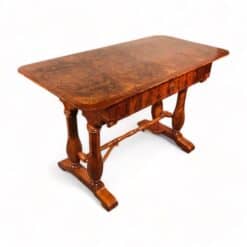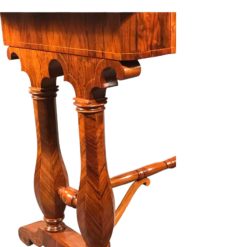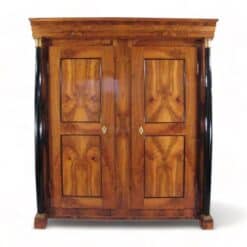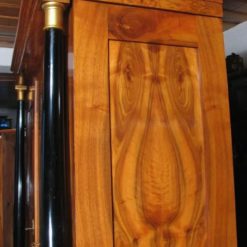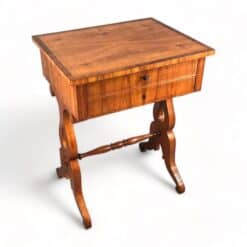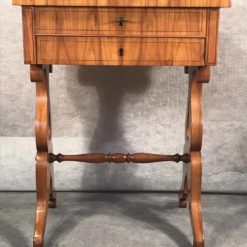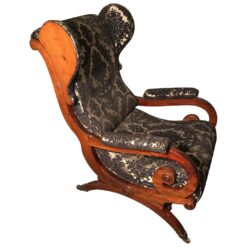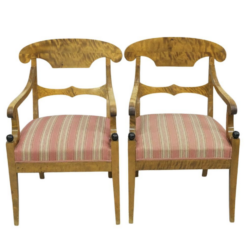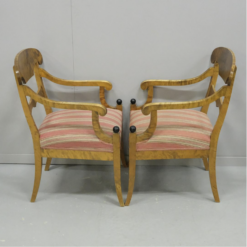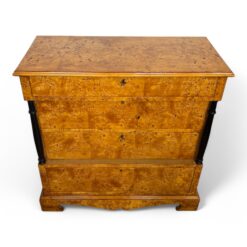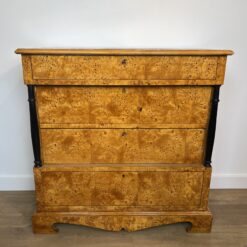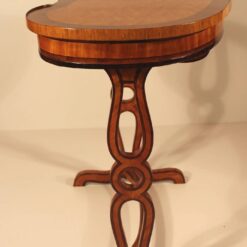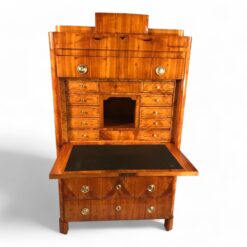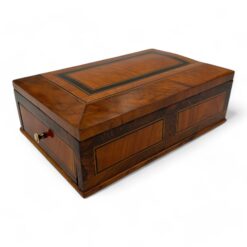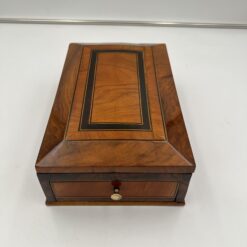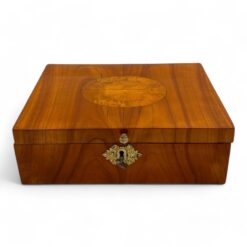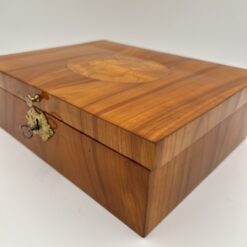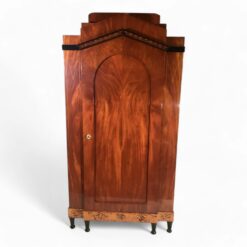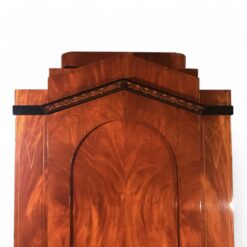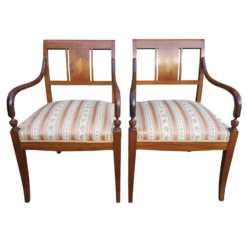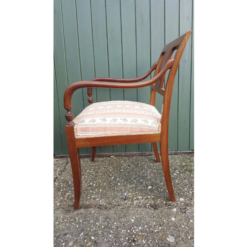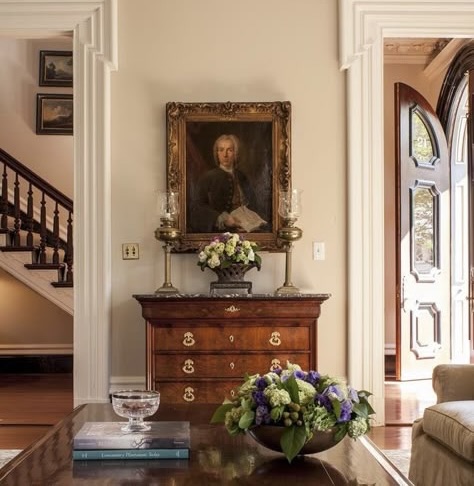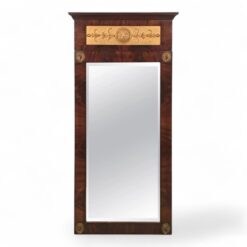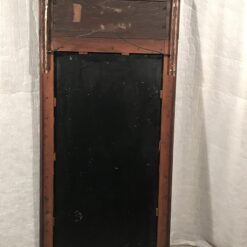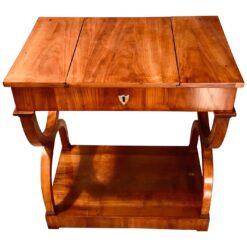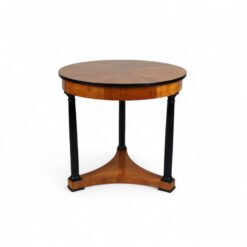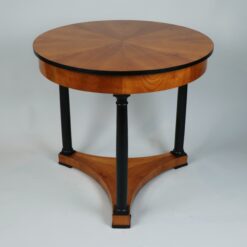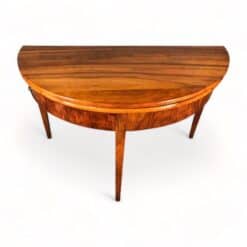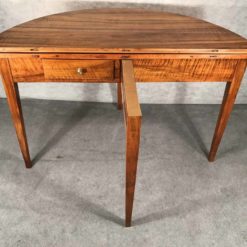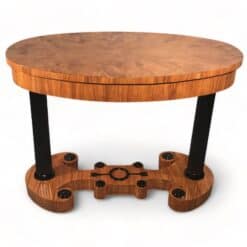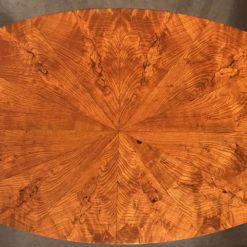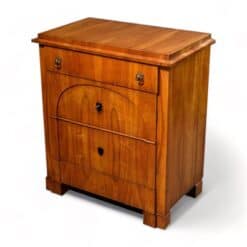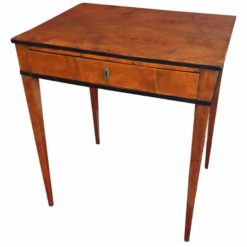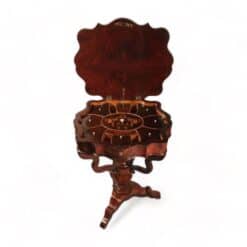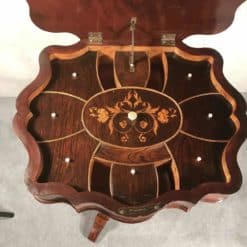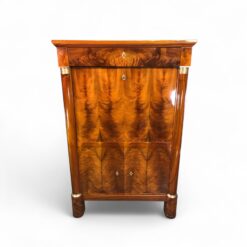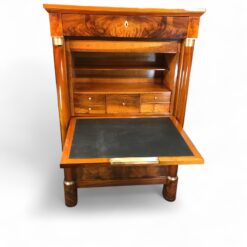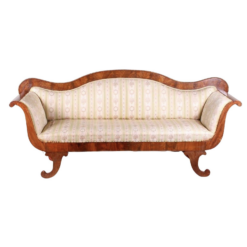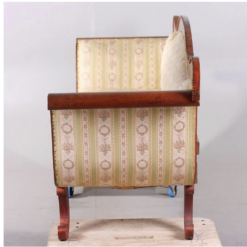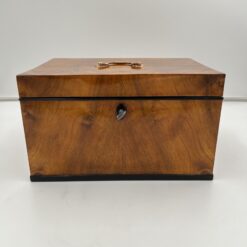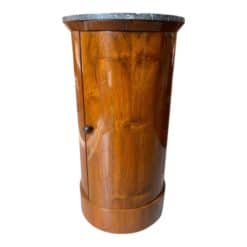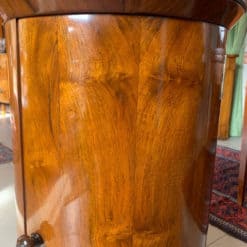Best Sellers
Furniture, Styylish History
European Antique Furniture – From Paris to Vienna
How Regional Styles Shaped European Antique Furniture
European antique furniture is not just about age or craftsmanship—it’s about identity. Each region developed its own distinctive style, shaped by cultural values, political power, artistic trends, and available materials. From the grandeur of Parisian Empire pieces to the elegant restraint of Viennese Biedermeier design, regional styles tell a layered story of taste, tradition, and transformation.
At Styylish, we celebrate this diversity. Our curated selection includes hand-picked pieces from across Europe, each reflecting the essence of its place of origin. In this blog post, we explore how regional influences shaped the development of antique furniture across key European centers.
Paris: The Power and Drama of French Empire Style
The heart of French design in the early 19th century was the Empire style, born under the reign of Napoleon Bonaparte. This style projected authority and order, drawing inspiration from the grandeur of ancient Rome and Egypt. Parisian Empire furniture is instantly recognizable by its bold silhouettes, symmetrical structure, and use of luxurious materials like mahogany, gilt bronze, and marble.
Motifs such as swans, laurel wreaths, sphinxes, and eagles symbolized imperial strength. Cabinetmakers like Jacob-Desmalter—famed for furnishing Napoleon’s residences—set the tone for a generation of designers. The result was furniture that was not only functional, but powerfully theatrical.
Typical Features of Parisian Empire Furniture:
-
Strong, rectilinear shapes
-
Rich mahogany veneer
-
Ornate bronze mounts
-
Classical motifs
At Styylish, our French Empire pieces offer a glimpse into this fascinating blend of politics and aesthetics. They bring a sense of gravitas and drama to modern interiors—ideal for creating contrast in minimalist spaces.
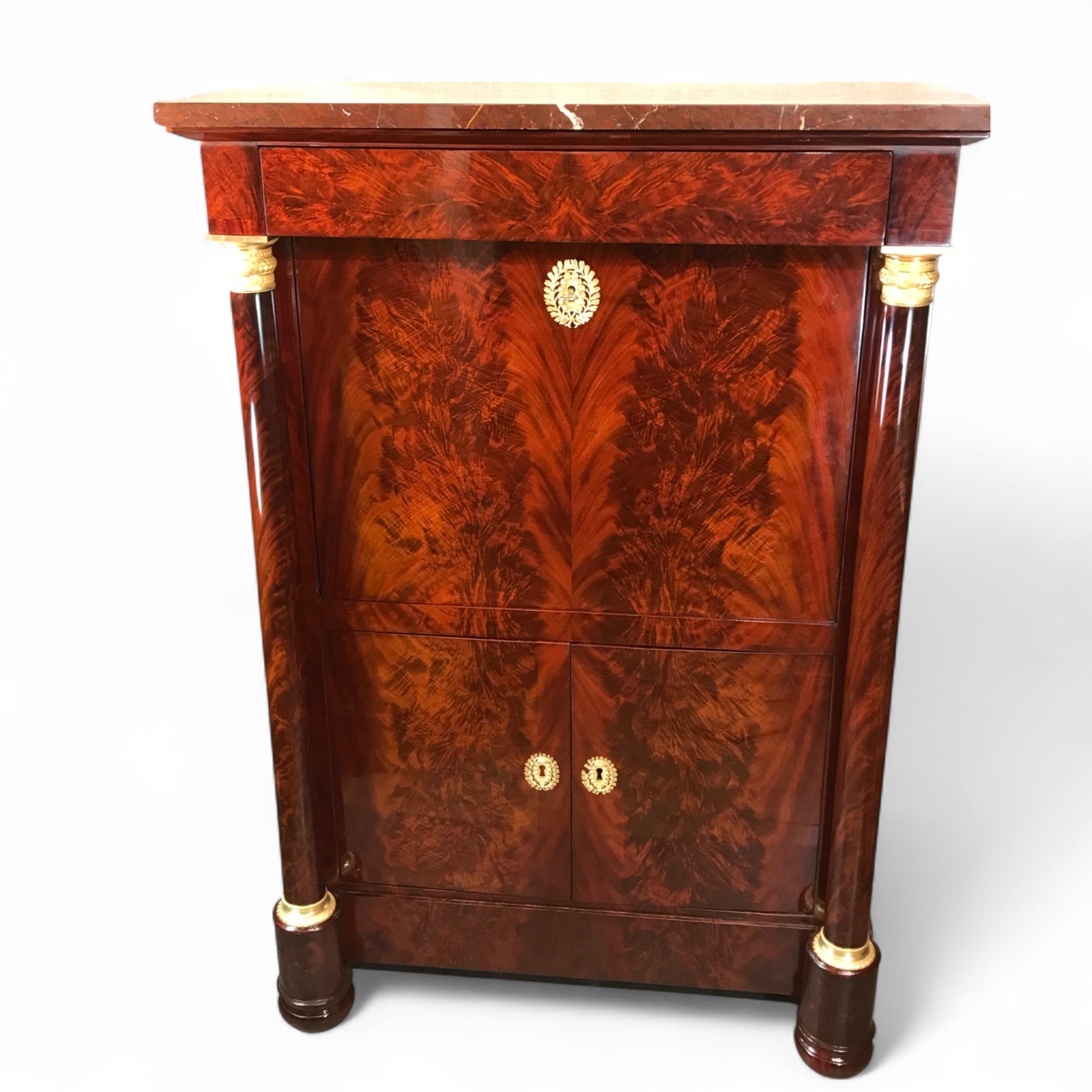
Vienna: The Poetic Simplicity of Biedermeier
While France embraced bold imperial aesthetics, post-Napoleonic Vienna looked inward. The Biedermeier style emerged in Austria around 1815, reflecting a middle-class desire for comfort, simplicity, and personal expression. It was an early form of democratic design—unpretentious yet elegant, rooted in local craftsmanship.
Biedermeier furniture favored light woods such as cherry, birch, and walnut. Surfaces were often veneered with great skill, showcasing the natural beauty of the grain. Lines were clean, curves gentle, and decoration kept to a minimum. Unlike the aristocratic flair of Empire pieces, Biedermeier interiors were warm, intimate, and human-scaled.
Typical Features of Viennese Biedermeier Furniture:
-
Light-colored woods with polished veneer
-
Minimal ornamentation
-
Balanced proportions
-
Function-driven elegance
Biedermeier design is surprisingly modern in its restraint and functionality. At Styylish, these timeless forms pair beautifully with contemporary art, creating rooms that feel both refined and relaxed.
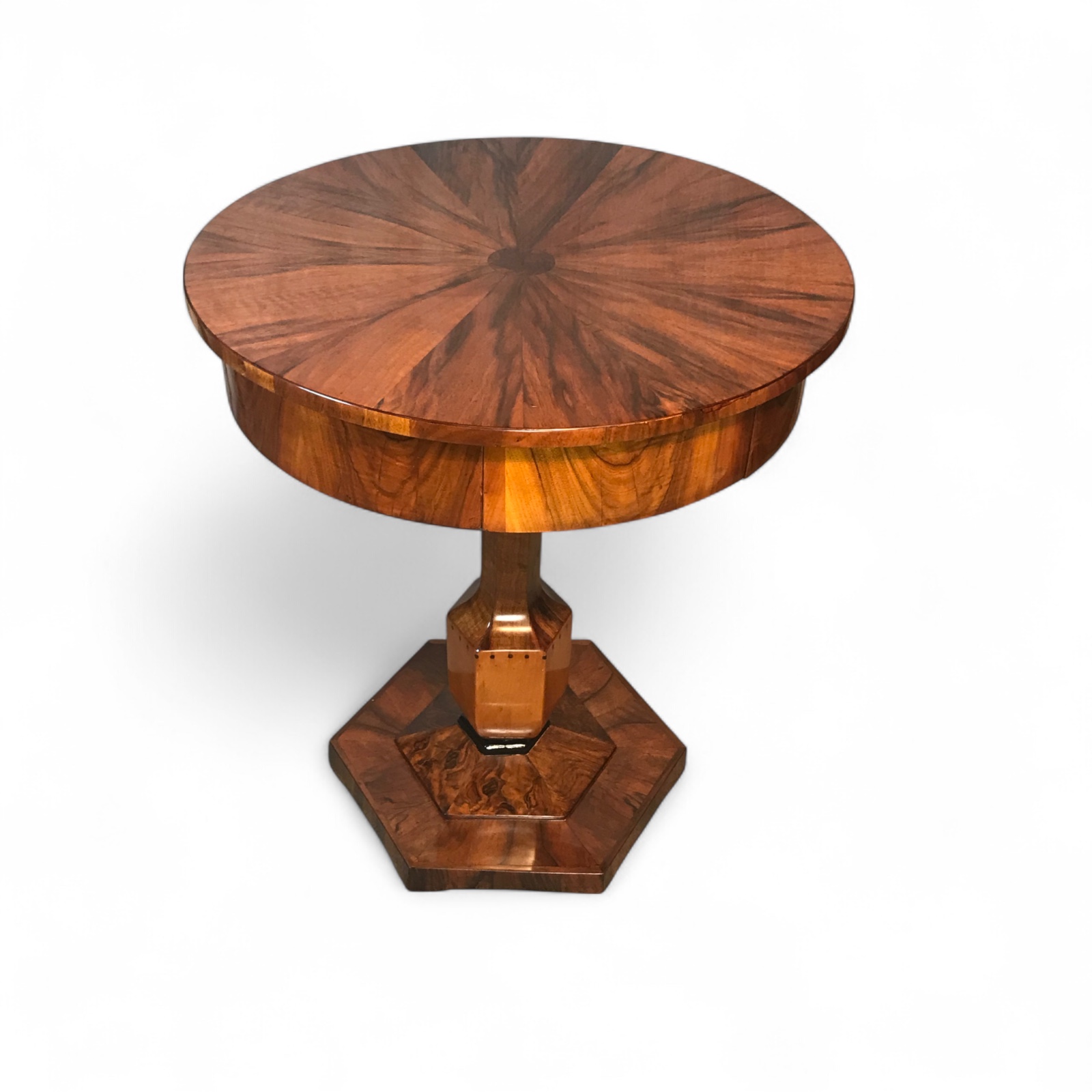
Berlin: Prussian Precision and Neoclassical Influence
In early 19th-century Berlin, furniture design was deeply influenced by Prussian order and discipline. While sharing the neoclassical vocabulary of French Empire, Berlin furniture tended to be more restrained and utilitarian. Ebony and ebonized woods were favored, often with contrasting inlays in light woods or metal.
This style reflected the values of the Prussian court: simplicity, structure, and intellectual clarity. Berlin pieces tend to emphasize geometry and logic over exuberance, and they often incorporate architectural details like columns, pediments, and pilasters.
Typical Features of Berlin Neoclassical Furniture:
-
Contrasting inlays or banding
-
Column-like structures
-
Cool color palettes
-
Measured proportions
Collectors often appreciate Berlin furniture for its precision and subtle drama. It brings a composed, architectural rhythm to interior spaces—ideal for those who love order with a touch of gravitas.
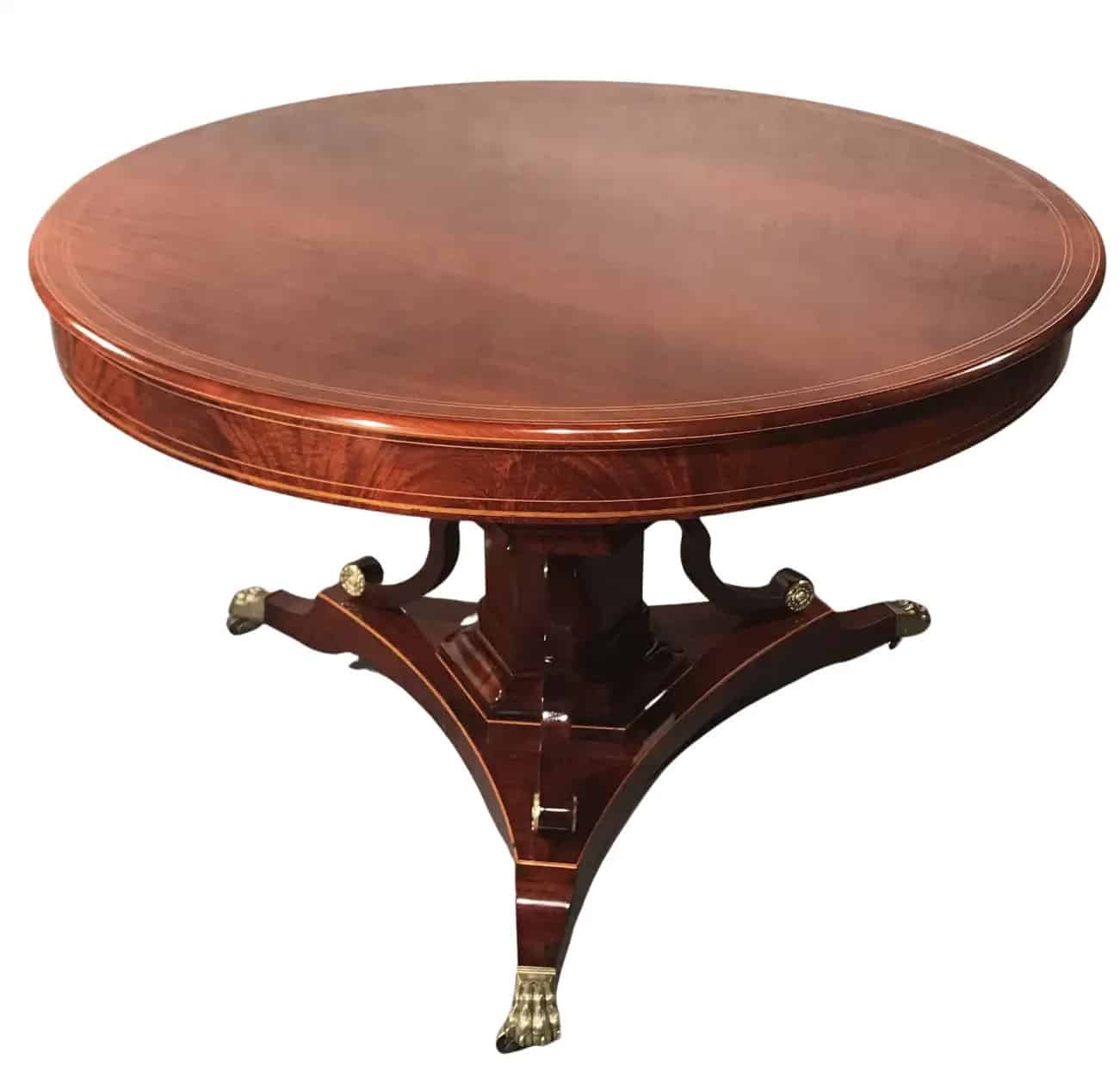
Florence & Northern Italy: Artistic Flourish in Design
In Italy, especially in Florence and Lombardy, antique furniture design carried the legacy of the Renaissance and Baroque. Italian craftsmen emphasized decorative flourishes, curves, and marquetry. Gilded mirrors, painted panels, and intricate inlays of fruitwood or other materials were hallmarks of Italian artistry.
In the early 19th century, Italian furniture blended local traditions with Neoclassical elements. Northern Italy often mirrored French and Austrian influences, while still retaining an unmistakable Mediterranean flair.
Typical Features of Italian Antique Furniture:
-
Decorative marquetry and intarsia
-
Painted and lacquered surfaces
-
Gilt details
-
Light, graceful proportions
Italian pieces often work well as accent furniture—a dramatic console, a marquetry tabletop, or a painted commode can elevate a space with Old World charm.
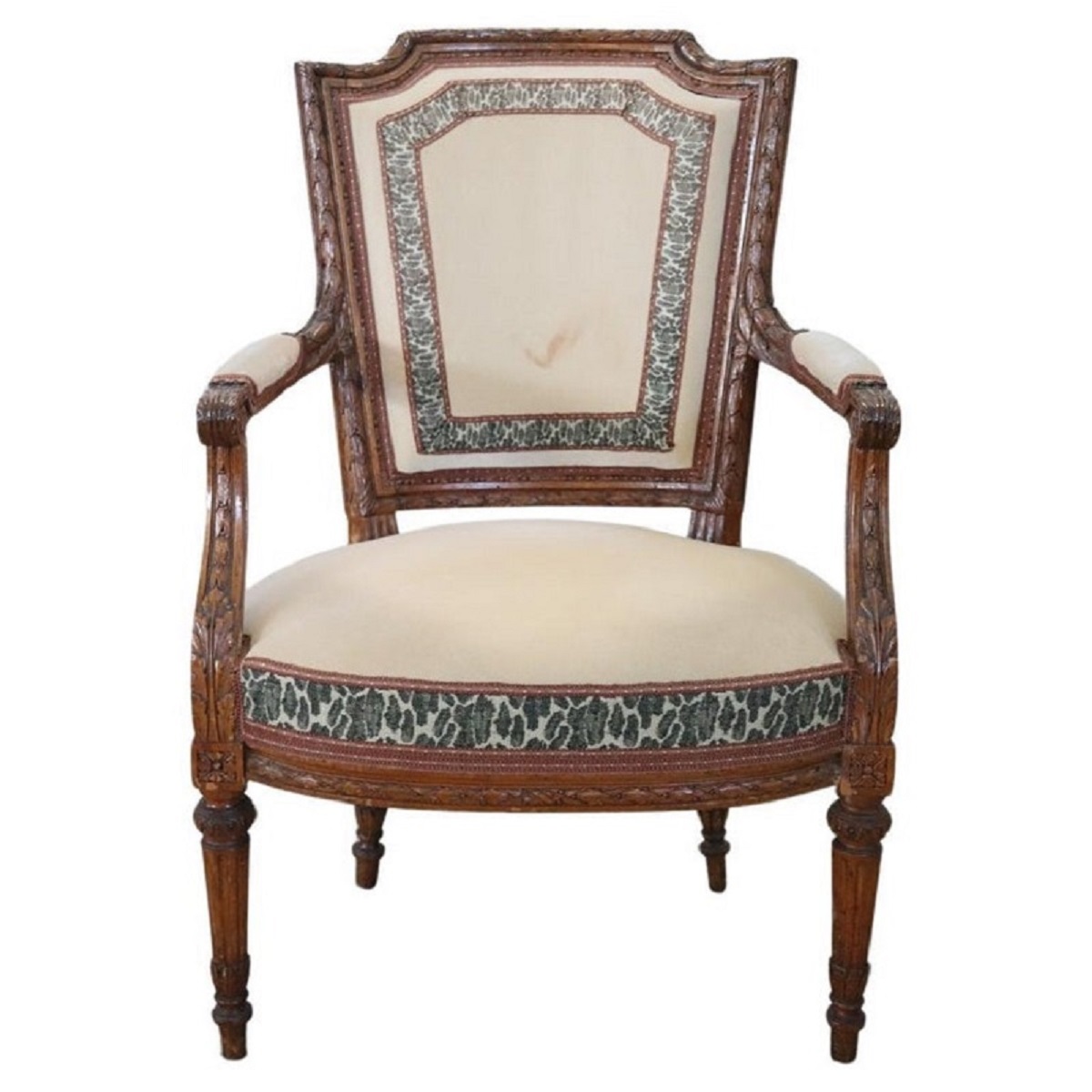
Scandinavia: Light, Nature-Inspired Simplicity
Further north, Scandinavian design in the late 18th and early 19th century developed along more rustic and nature-oriented lines. Influenced by French Neoclassicism and Swedish Gustavian style, Scandinavian furniture used lighter woods, simpler forms, and often a painted finish in pale colors.
What set Scandinavian antiques apart was their relationship to light. In regions where winters are long and dark, interiors were designed to reflect and amplify natural light. Soft grays, blues, and whites became the palette of choice, and furniture was both practical and poetic.
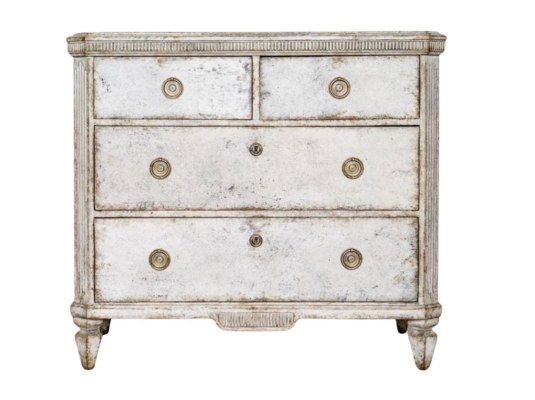
Typical Features of Scandinavian Antique Furniture:
-
Painted finishes in muted tones
-
Pine or beechwood
-
Graceful, narrow legs
-
Carved floral or geometric motifs
These understated pieces bring a sense of calm and airiness to modern interiors. At Styylish, we view Scandinavian antiques as a bridge between rustic tradition and contemporary minimalism.
Why Regional Styles of Antique European Furniture Still Matter
Understanding the regional origin of antique furniture is more than a history lesson—it’s a key to understanding design at its most intentional. Each region responded to its own cultural climate, economic realities, and aesthetic values. When you purchase a piece with clear regional character, you’re not just adding furniture to your home—you’re adding a story.
At Styylish, we source with an eye for that story. Our curated collection includes antiques that express not only fine craftsmanship but also their unique cultural lineage. Whether you’re drawn to the quiet beauty of Biedermeier, the regal drama of Empire, or the painted charm of Swedish pieces, you’ll find authentic design that resonates across time.
Explore the Styylish Collection
Our online marketplace brings you carefully selected European antique and vintage furniture, with timeless appeal. Explore our growing collections by style, region, or period—and find the piece that tells your story.

